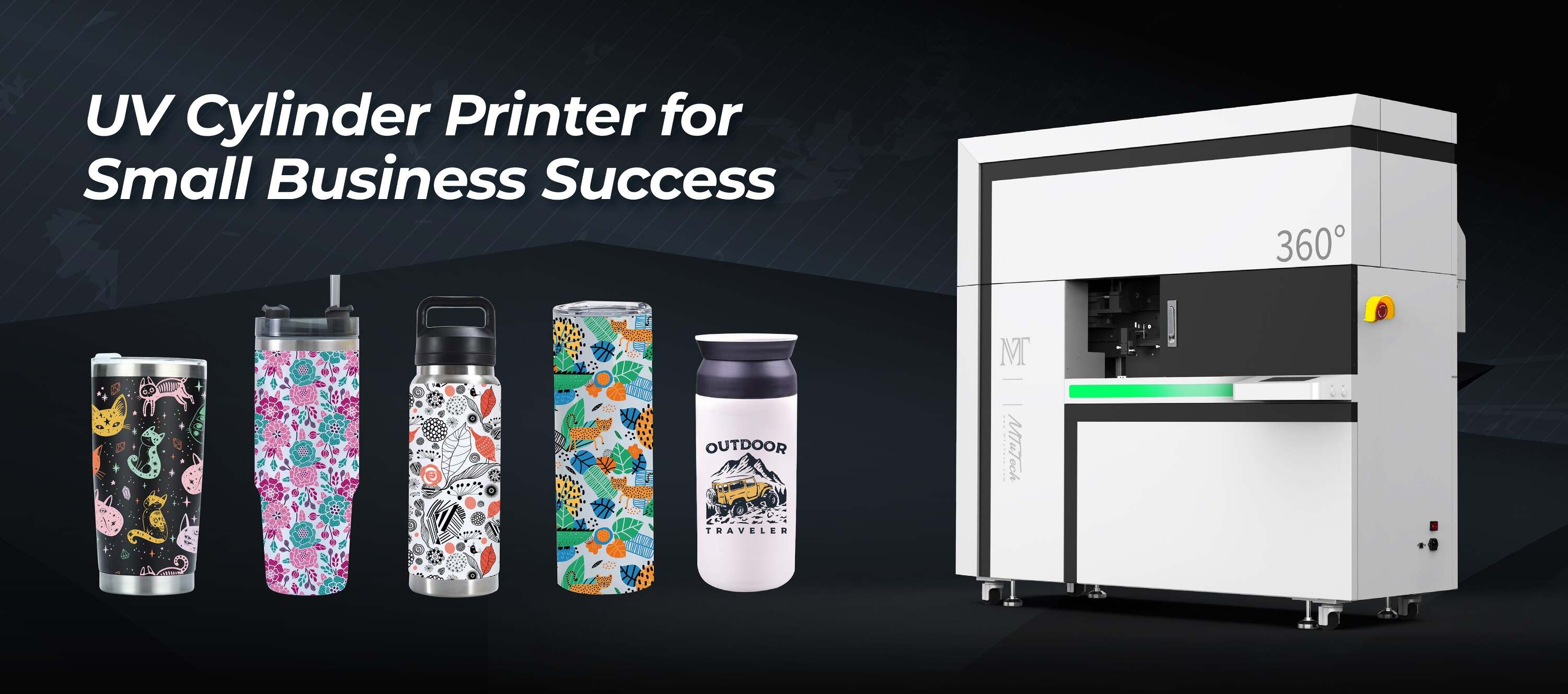Understanding Material Compatibility in Cylindrical UV Printing
Introduction
Cylindrical printing can deliver stunning results—if you use the right materials. Not all substrates behave the same under UV light, and choosing incompatible ones can result in poor adhesion, dull colors, or smudging. In this blog, we dive into the most compatible materials for cylindrical UV printing and how to prepare them for top-tier output.
1. Most Compatible Materials
- **Glass:** Common in bottles and jars; requires primer for proper adhesion
- **Metal (Aluminum/Stainless Steel):** Durable and excellent for long-lasting prints
- **Plastic (PET, PP, ABS, HDPE):** Versatile but requires surface treatment in many cases
- **Coated Paper/Cardboard Tubes:** Easy to print but may absorb excess ink
2. Surface Treatment Options
- **Primers:** Apply manually or by spray to promote ink bonding
- **Corona Treatment:** Alters plastic surface tension for better printability
- **Flame Treatment:** Briefly exposes surface to flame to open up pores
3. Avoid These Without Prep
- Untreated polypropylene (PP) – highly ink-repellent
- Slick, high-gloss surfaces – can lead to smudging
- Soft silicone – requires specialized inks or adhesives
4. Tips for Optimal Material Handling
- Clean all surfaces with isopropyl alcohol before printing
- Store substrates in a dust-free environment
- Use gloves to avoid oil transfer from skin
5. Testing Before Production
- Always run a test batch when using a new material
- Check for adhesion, color accuracy, and curing performance
- Document successful settings for future reference
6. Ink Compatibility Considerations
- Use hard UV inks for glass and metals
- Use flexible UV inks for squeezable plastics
- Match curing settings with material thickness and reflectivity
Conclusion
Material compatibility is the foundation of successful cylindrical printing. When you match the right surface with proper treatment and ink, your prints become more vibrant, durable, and professional. Don’t skip the prep—master the material for masterful results.
Maximize print potential with our material-friendly cylindrical printer — engineered to adapt to a wide range of cylindrical substrates.

